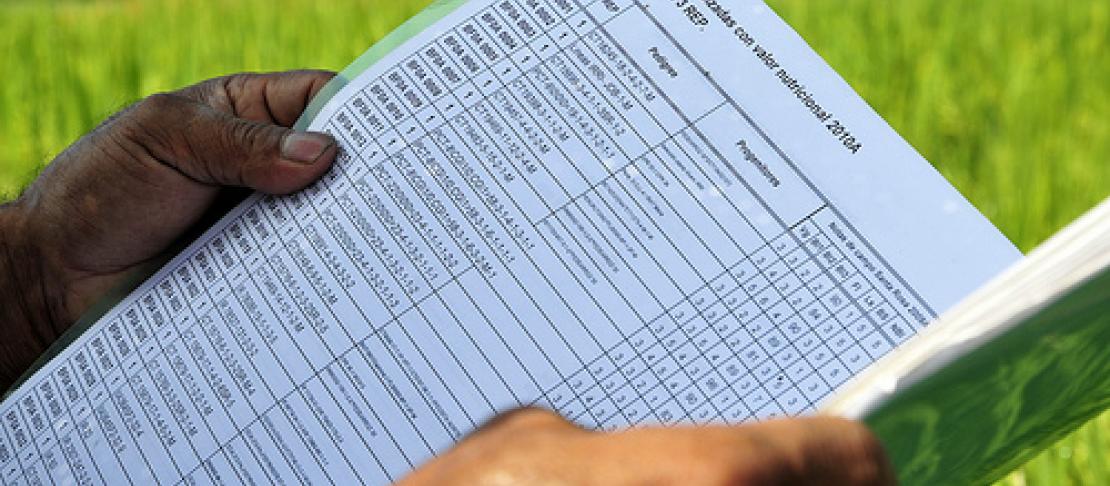How to produce agricultural research of enduring quality

This week, Gerald Nelson, who leads CCAFS research on frameworks for policy analysis, was honoured with the “Publication of Enduring Quality Award” by the Agriculture and Applied Economics Association (AAEA). Nelson, who is a senior scientist at the International Food Policy Research Institute (IFPRI) and his co-author Daniel Hellerstein, were recognized for their 1997 paper Do Roads Cause Deforestation? Using Satellite Images in Econometric Analysis of Land Use. The paper outlines an innovative technique for turning satellite imagery into economic data, allowing researchers to simulate the effects of human activity on the environment.
In a nomination letter to the AAEA, the research was described as "path breaking" for its use of novel data sources and data fusion, methodology, and its contributions to the debate on the causes of deforestation.
This article was the first use of remotely sensed data in an agricultural economics journal. This data source provides highly detailed information previously unavailable on actual land uses. The paper demonstrated how remotely sensed data could be combined with spatially explicit biophysical (soil quality, elevation, slope and aspect) and socioeconomic information generated with GIS techniques to address important policy questions such as the role of roads in deforestation.
A similar methodology is currently being used to model land use by the The Global Futures for Agriculture project. This initiative is evaluating promising technologies, investment, and policy options for improving agricultural productivity and global food security.
Watch Gerald explain the technique and the story behind the paper:


